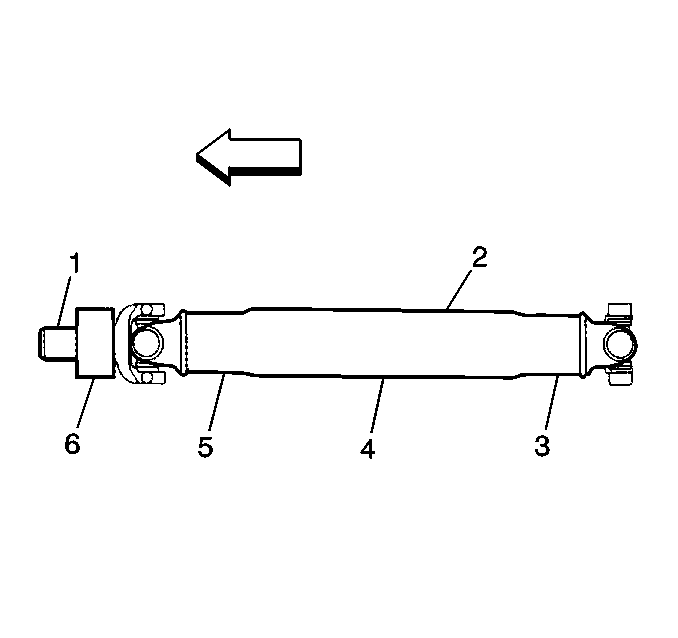Beginning in the early 1990's, the manufacturer began system balancing
rear axles. During the build process, these axle assemblies were spun with
a slave fixture. A balance weight was attached to the outboard edge
of the companion flange dust slinger. A system-balanced rear axle
companion flange differs from a non-balanced flange. You must diagnose
and service this flange in a unique way.
Some pinion flange assemblies have a U-shaped deflector designed to
hold a system balance weight on the outside diameter.
Other pinion flange assemblies have a runout compensation weight on
the face of the deflector. The pinion flange assemblies that are system balanced
do not use runout compensation weights.
Measuring the runout on a system-balanced companion flange is very straight-forward.
A balanced flange that is good will have a measured runout between 0.00-0.38 mm
(0.00-0.015 in). If a balanced flange has more than 0.38 mm
(0.015 in) runout, replace the flange or re-index the flange
180 degrees on the pinion. If you replace or re-index a balanced
flange, you must system balance the rear axle again.
Most first-order driveline vibrations originate at the pinion nose end
of the driveshaft. Ensure that the vibrations are at a minimum at this location
in order to achieve acceptable results. Reduce the runout of the components
to a minimum. Balance the driveline as a system when necessary.
First-order driveline vibrations that originate at the transmission
end of the propeller shaft are rare. If the tailshaft of the transmission
is vibrating, inspect the tailshaft housing bushing for wear or damage.
A leaky transmission tailshaft oil seal indicates bushing problems.
Feel for vibration at the crossmember underneath the transmission mount.
If there is no vibration, the transmission mount is functioning properly by
isolating the vibration from the structure of the vehicle. The transmission
mount is therefore probably not the cause of the vibration.
Use the following procedure if you can feel vibration on the crossmember
and the tailshaft bushing, and if the transmission output is normal:
These guidelines apply to the two-piece propeller shaft only. First-order
driveline vibrations that occur mainly at the center support bearing are usually
the result of excessive runout at the stub (splined) shaft.
Unlike other first-order driveline vibrations, these vibrations can
appear at unusually low speeds of 40 km/h (25 mph) and up.

